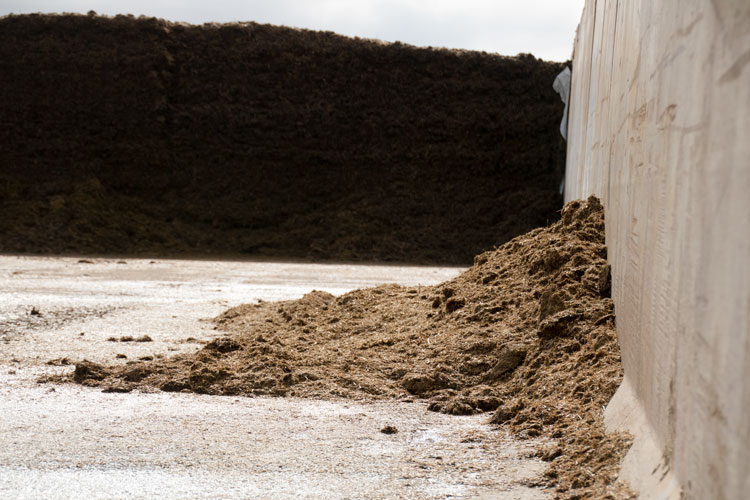
Corn for silage will be planted soon, if not already, and harvested during the summer. In the meantime, unless sufficient carryover of silage is at hand, several managers might be wondering whether they have enough silage to feed their cows and heifers before opening the bag or bunker of recently harvested silage.
Preparing a forage budget this time of year is the best approach managers can take to reduce unexpected shortages and avoid last-minute purchases of feeds. Following are some recommendations for preparing forage budgets.
What you need and what you have
The first step in preparing a forage budget is determining the forage needs. This consists of obtaining the ingredient amounts for all the diets fed at the farm, including those for milking cows, dry cows, and heifers. Then prepare a monthly projection of animal existence for each of these categories. With these two pieces of information, managers can then determine the amounts of forage needed in a certain time period. My advice is that farmers consider a period long enough that includes both the harvesting and the fermentation of the upcoming silage.
It is worth highlighting, however, that the amount to be fed is not necessarily the amount needed. Another recommendation is to include a buffer that will cover forage shrinkage. In other words, the total forage needs should include both the forage to be fed to the animals and the forage expected to be lost through shrinkage.
The second step in preparing a forage budget is estimating forage inventories. Estimating hay inventories is much simpler than estimating silage inventories. Regarding the latter, the complexity of this estimation will vary depending on the silage storage system (for example, tower silos, silo bags, or bunker silos). Generally speaking, the forage inventory is estimated after determining the existing volume of silage and the silage density. Some people actually measure the silage density after extracting and weighing a core sample from the silo. It is worth highlighting that such activity is very risky and dangerous, and extreme caution should be taken. Personally, I do not recommend this practice, and I prefer to use an estimated density.
Make a plan
The third step in preparing a forage budget is comparing the total forage needs with the estimated forage inventory on a monthly basis. If the forage inventory is greater than the forage needs, then you are in a good position. If the forage inventory is less than the total forage needs, then you will either have to reformulate the diets or purchase forages elsewhere. In either case, I highly recommend having a conversation with your nutritionist as soon as possible to overcome this forage deficit.
To finish, it’s useful to periodically fine-tune your forage management to minimize shrinkage, especially if you find a negative forage balance. Monitoring moisture frequently demands a few extra hours, but it can be a cheap practice when the farm is short on forage inventories. Checking loadings with scales or feed-tracking systems is also highly recommended. Finally, make sure the mixer is in good condition to deliver a uniform diet.








